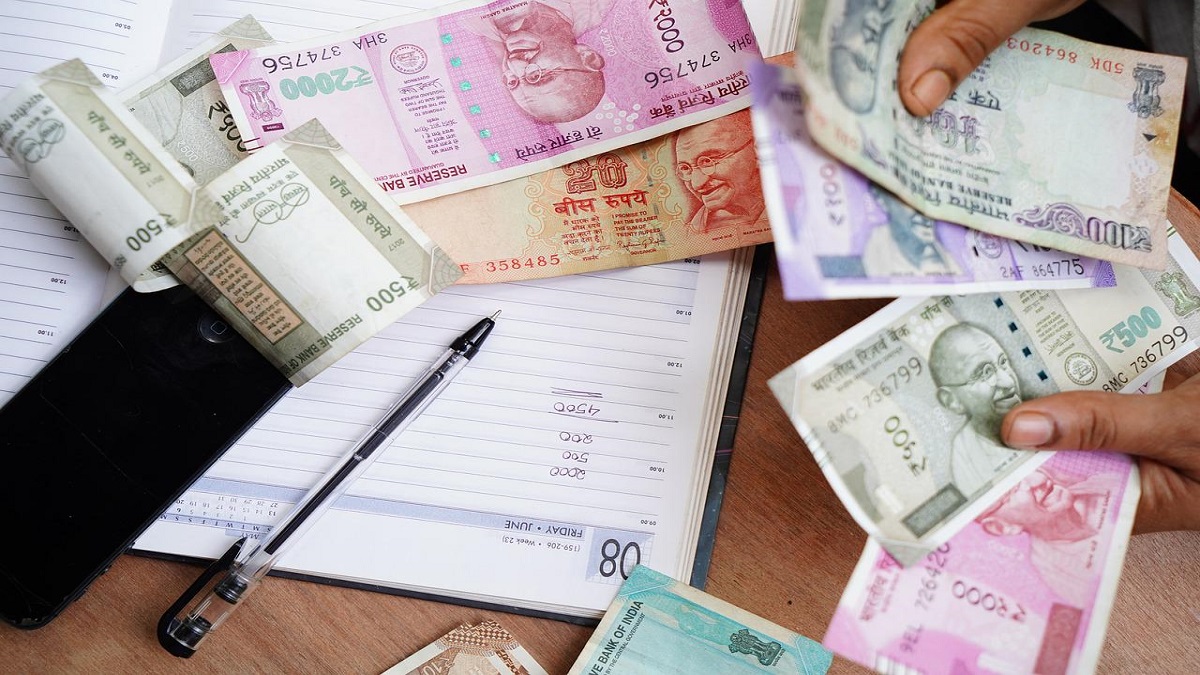
Credit and finance for MSMEs: 7.17 crore loans involving Rs 2.96 lakh crore were disbursed during FY23 as against 6.30 crore loans amounting to Rs 2.39 lakh crore disbursed in FY22, indicating higher ticket size of new loans.
Credit and finance for MSMEs: The gross loan portfolio (GLP) of microfinance industry increased by 22 per cent to Rs 3.48 lakh crore as of March 31, 2023 from Rs 2.85 lakh crore as of March 31, 2022, said the latest report on Tuesday by MFIN – an association of NBFC-microfinance institutions and associates including banks, small finance banks (SFBs) and NBFCs. Quarter-on-quarter, the GLP grew by 8.6 per cent from Rs 3.20 lakh crore as of the December quarter in the last fiscal, with the growth in volume and value of loans disbursed.
According to the report, 7.17 crore loans involving Rs 2.96 lakh crore were disbursed during FY23 as against 6.30 crore loans amounting to Rs 2.39 lakh crore disbursed in FY22, indicating higher ticket size of new loans. The average loan size had increased to Rs 43,607 during the March quarter in FY23 from Rs 39,990 during the year-ago quarter.
Among lenders in the microfinance industry, 82 NBFC-microfinance institutions (MFIs) were the largest provider of micro credit as of March 31, 2023, with a loan amount outstanding of Rs 1.38 lakh crore, accounting for 39.7 per cent of the total GLP. In contrast, 13 banks held the second largest share of the portfolio in micro credit with a total loan outstanding of Rs 1.19 lakh crore, which was 34.2 per cent of total micro-credit universe. Small finance banks (SFBs), NBFCs and other MFIs had a share of 16.6 per cent, 8.5 per cent, and 1 per cent respectively.
In terms of the quality of the loan portfolio in the microfinance industry, loan delinquencies improved under all buckets except for loans unpaid even after 180 days of their due dates as of March 2023 quarter.
As of March 31, 2023, portfolio at risk (PAR) 30+ days past due (dpd) or loans unpaid for over 30 days improved to 10.5 per cent from around 12 per cent as of March 31, 2022; PAR 60+ dpd improved to 10.1 per cent from around 11 per cent, PAR 90+ dpd improved to 9.5 per cent from around 10.3 per cent while PAR 180+ dpd deteriorated slightly to 8.6 per cent from around 8.4 per cent during the said period.
“GLP growth is natural from previous years before Covid. PAR improvement reflects a normal recovery pattern of loans after March last year, with 12 months of seasoning. This is also the reason for improvement over 2022 which was impacted due to Covid. Now Covid impact is only reflected in PAR 180+ days,” Alok Misra, CEO and Director, MFIN told FE Aspire.
Loan portfolio seasoning refers to the length of time that a loan has been held by a lender.
Importantly, the growth momentum in the microfinance industry is expected to continue with around a 25 per cent year-on-year (YoY) jump in assets under management (AUM) in the current financial year, driven by steady disbursement growth and an improving macroeconomic environment, credit rating agency CareEdge had noted in an analysis in April.
The microfinance industry had experienced a shift in market share, with NBFC-MFIs overtaking banks for the first time in four years. While banks held a dominant position during the Covid-19 period, the growth rate of NBFC-MFIs has now surpassed that of banks, resulting in NBFC-MFIs commanding a higher market share in the overall microfinance sector, the agency said.